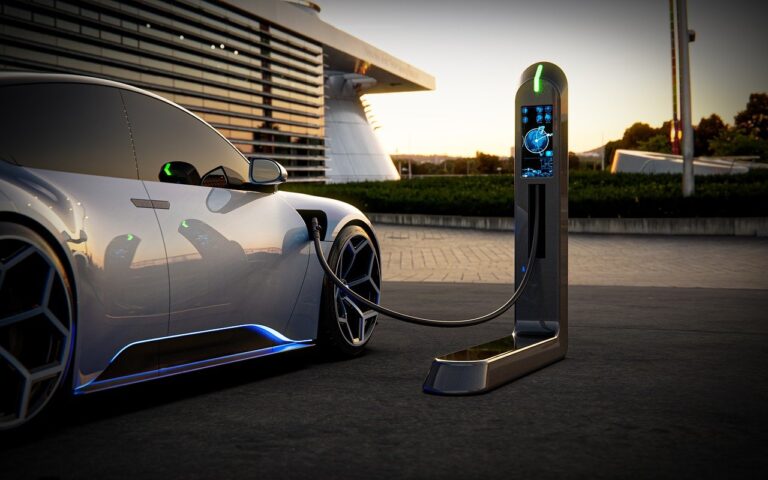You may have heard that electric cars are a great alternative to conventional vehicles because they are much more environmentally friendly. While this is true in some ways, it isn’t the entire story. In fact, there are many downsides to electric cars that you should consider before making a purchase.
In this article, we’ll explore some of these darker sides of electric cars and see if they can live up to their eco-friendly reputation.
Table of Contents
Electric cars are energy hungry
The fact that electric cars use a lot of energy to charge has not gone unnoticed by environmentalists. There are many online articles questioning whether electric cars are as green as you think. And the answer is no. Charging an electric car can be very energy-intensive, which means it’s not as environmentally friendly as you might think.
When you plug your car into the wall, and it starts charging, what’s actually happening?
When you plug in an electric car, the charger sends electricity from the wall outlet to your battery. But that’s not all! The electricity has to travel up a power line and through your home’s circuit breaker before it gets anywhere near your car. All of this takes energy, and lots of it.
Batteries are hard to recycle
Batteries that power electric cars are not easily recyclable. To begin with, lithium-ion batteries (the most common type of battery used in electric cars) contain chemicals that can harm humans and the environment.
Most lithium-ion batteries are made up of graphite, cobalt oxide, and lithium. All three of which can be difficult to recycle safely because they require specialized techniques. The main concern surrounding the disposal of these batteries is their use of heavy metals like cobalt, nickel, and cadmium. These metals can leach into groundwater or contaminate landfills if improperly disposed of.
In addition to being difficult to recycle, most lithium-ion batteries are not biodegradable. They contain heavy metals like cobalt and cadmium that do not break down naturally in nature. As such, if you throw away your old laptop battery with other household trash, it will likely end up in a landfill. There, it will continue leaching its toxic contents into the ground for years or even decades after its disposal.
Electric cars require a lot of cobalt
Cobalt is the most expensive metal ingredient in a battery. It’s used in the cathode, which must be replaced every so often. Cobalt is mined mostly in Africa and is often mined by children who work in unsafe conditions.
The cobalt supply chain has been problematic for several years. In 2015, more than half of the world’s cobalt came from the Democratic Republic of Congo (DRC). It was mined by artisanal miners who worked under dangerous conditions and exposed themselves to toxic fumes from refining processes as well as the risk of disease through open-air mining sites.
Amnesty International released an investigation detailing how large mining companies have failed to end these practices even when they have known about them for years. In addition, it revealed how they’ve sometimes actually harmed human rights progress on this issue by sponsoring corrupt government officials at all levels while doing business with them.
The metal is mined in poor countries with child labor
The metals that make up electric vehicles, particularly cobalt and lithium, are mostly mined in the Democratic Republic of Congo (DRC). The DRC is one of the world’s poorest countries and has been plagued by armed conflicts since its independence. The war has driven millions to flee their homes and more to suffer from hunger, disease, and sexual violence.
To work in these mines, children as young as seven years old spend hours digging for cobalt by hand. These children are exposed to toxic chemicals, including cobalt which often leaches into drinking water or crops near mining sites. There are reports that some miners even eat the ore they mine. This child labor is not regulated, and no guarantee that the children will receive any benefits from their work.
Electric cars: are they completely sustainable?
In conclusion, though electric cars are popular and getting more so, their environmental impact is larger as you might think. Electricity production still uses fossil fuels, which are not renewable and contribute to climate change.
The energy used to build the batteries is also not clean enough to offset their emissions-producing lifespan. The production of batteries also uses toxic chemicals and child labor in developing countries. This pollution needs to be accounted for in any final analysis of a car’s environmental impact.
The bottom line: electric cars aren’t necessarily good for the environment, but they’re certainly better than gas guzzlers.












